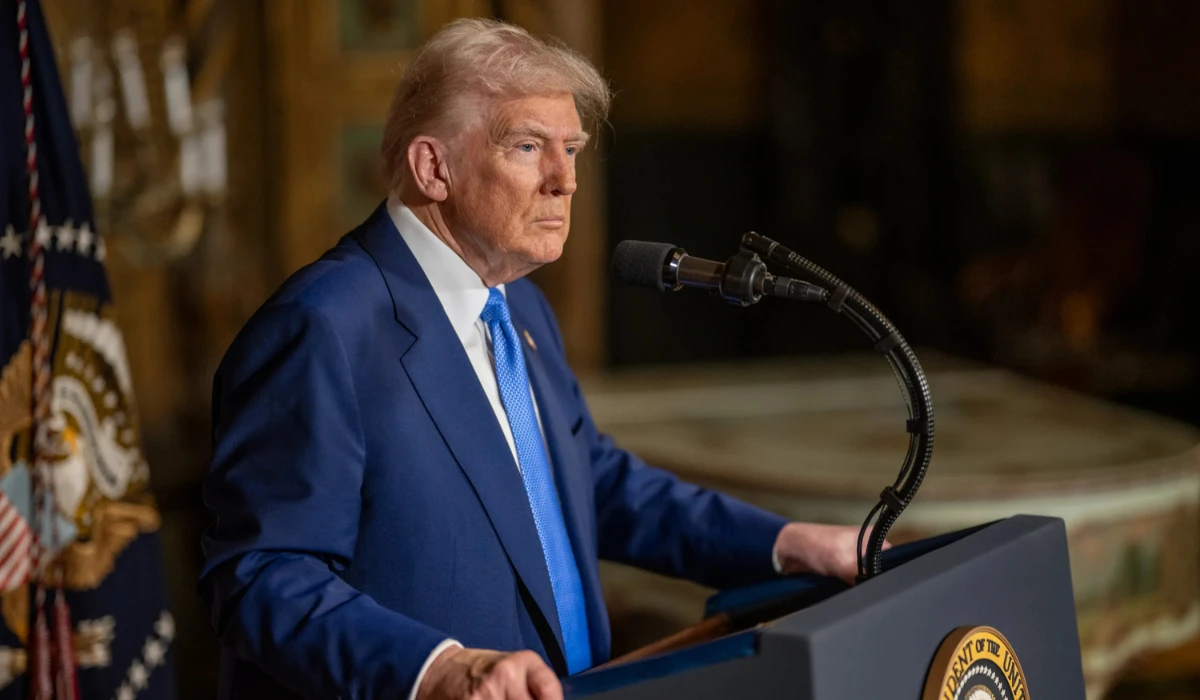In a significant development that could ease economic tensions, the United States and China have agreed to lower tariffs on goods from each other’s countries for 90 days. The move is part of ongoing trade talks aimed at reducing conflict between the world’s two largest economies. The temporary reduction, which takes effect Wednesday (May 14), marks a critical step toward de-escalating a trade war that has strained global supply chains and raised costs for numerous industries, including education.
Treasury Secretary Scott Bessent and U.S. Trade Representative Jamieson Greer announced the agreement Monday following weekend discussions in Geneva. The talks included a Chinese delegation led by Vice Premier He Lifeng. Under the new terms, U.S. tariffs on Chinese goods will be reduced from 145% to 30%, while China will cut its blanket tariffs on American products from 125% to 10%.
The White House and China’s Ministry of Commerce issued a joint statement, emphasizing that the two countries had agreed to a 90-day truce in the “spirit of mutual opening, continued communication, cooperation, and mutual respect.” Despite this progress, both sides have acknowledged that much remains to be resolved.
While the tariff reduction is good news for many industries, the education sector, in particular, stands to benefit significantly. Schools and educational institutions, from K-12 to universities, heavily depend on technology manufactured in China. The hefty tariffs had previously inflated costs for critical classroom resources such as laptops, projectors, and interactive whiteboards. Many schools faced financial strain as they scrambled to meet the technology needs of modern education while managing budget constraints.
With the temporary reduction, schools can expect some relief when purchasing new tech equipment. The lowered tariffs are likely to reduce the costs of procuring digital learning tools, which became even more essential during the COVID-19 pandemic. The agreement also offers a respite for institutions planning to upgrade or replace outdated devices.
This temporary truce comes after months of economic hostilities that have disrupted manufacturing, technology, and educational infrastructure. Higher tariffs on Chinese goods have driven up prices for essential educational supplies, forcing some districts to delay critical updates to their digital learning environments.
Scott Bessent remarked that both sides remain committed to balanced trade, emphasizing that neither nation desires a decoupling that would further disrupt economies. Vice Premier He Lifeng mirrored this sentiment, stating that the agreement represents a mutual desire to prevent the economic equivalent of a trade embargo.
For now, school districts and universities are reassessing their purchasing plans, hopeful that the reduced tariffs will alleviate some of the financial pressure. However, as negotiations continue, stakeholders remain aware that tariffs could increase again if talks fall through.





